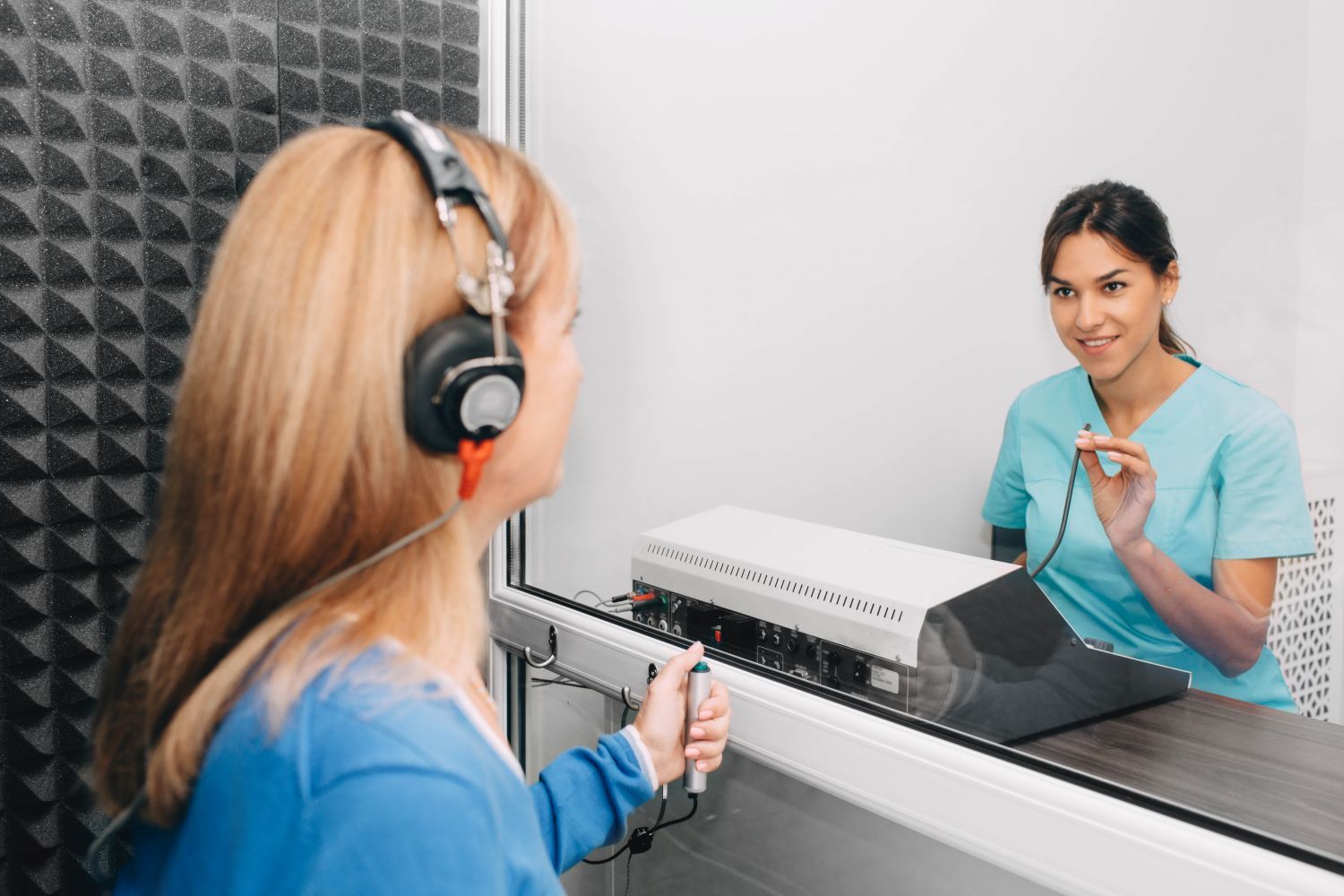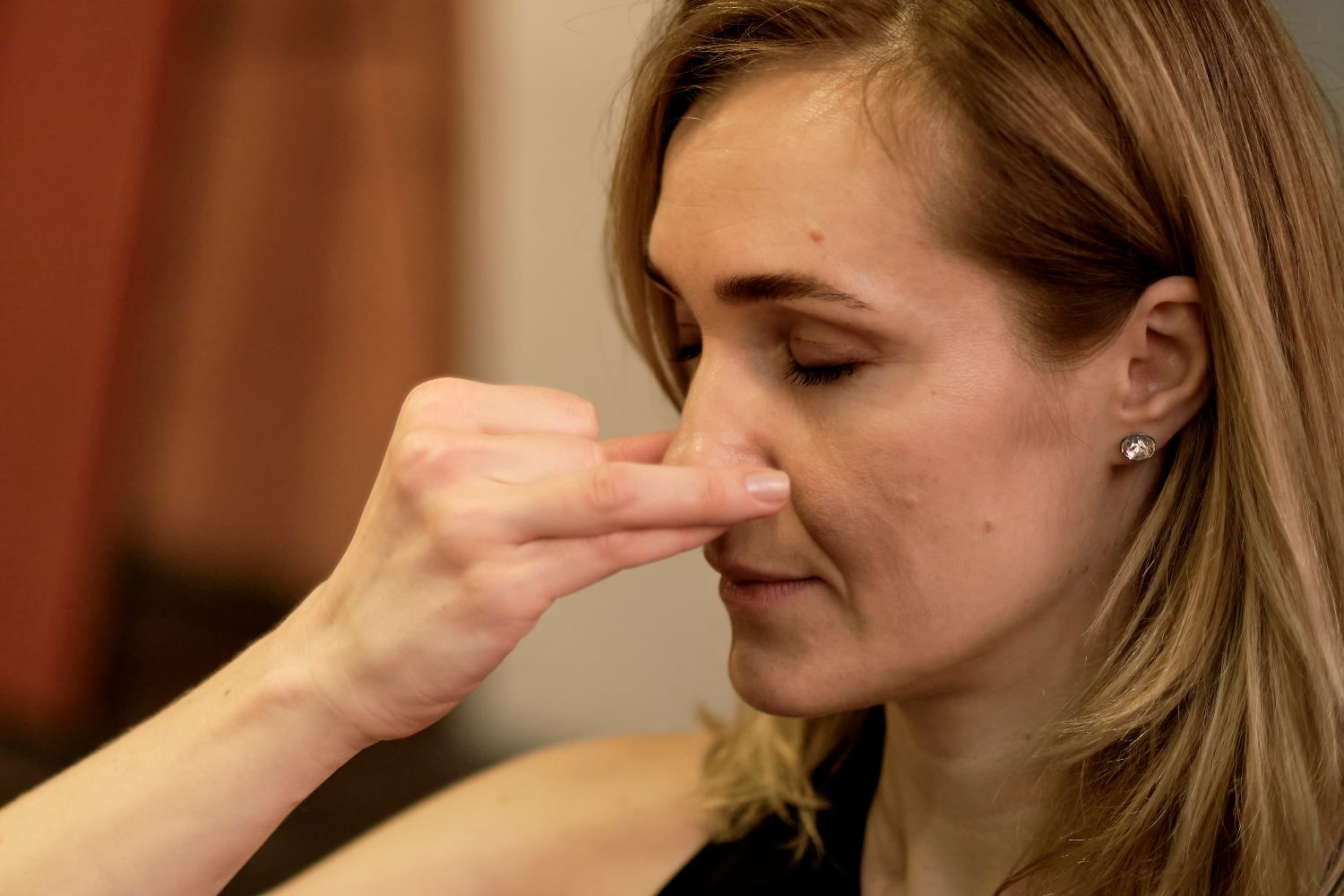Recognizing the Signs and Symptoms of Tonsillitis
Tonsillitis is a widespread condition that can impact both children and adults. It arises when the tonsils, two small masses of tissue located at the back of the throat, become inflamed and swollen due to viral or bacterial infections. While generally not considered severe, tonsillitis can still lead to discomfort and inconvenience. Therefore, recognizing its signs and symptoms becomes crucial for ensuring an early diagnosis and providing appropriate treatment.
Read on to explore the various indicators of tonsillitis and how to differentiate it from other throat infections.This is a subtitle for your new post
Sore Throat and Difficulty Swallowing
A key symptom of tonsillitis is a sore throat. Patients frequently experience pain or discomfort while swallowing, and this sensation can intensify as the infection advances. Swollen tonsils can obstruct the throat, making eating or drinking difficult, and in younger children, the pain may be so severe that they start drooling.
Red and Swollen Tonsils
During a tonsillitis infection, the tonsils become visibly enlarged and may appear red with white or yellow spots or patches. These spots are indicative of pus formation, suggesting a bacterial infection. In severe cases, the swelling may extend beyond the tonsils, leading to an inflamed throat and a feeling of tightness.
Fever and Chills
A fever is a typical immune response to infections, including tonsillitis, and may cause patients to experience fever and chills, particularly with bacterial infections. The severity of the fever can vary, but it generally indicates that the body is actively fighting the infection.
Tiredness and Fatigue
Tonsillitis can cause generalized malaise, leading to feelings of tiredness and fatigue. The body's immune response and disrupted sleep due to discomfort can leave patients exhausted and weak.
Headache and Ear Pain
Tonsillitis symptoms may extend beyond the throat. Some individuals may experience headaches due to the infection, and others may complain of ear pain. This ear pain, known as referred pain, occurs because the same nerves serve both the throat and the ears, causing pain to radiate to the ears.
Bad Breath (Halitosis)
The accumulation of bacteria and debris in the inflamed tonsils can lead to bad breath or halitosis. Even with diligent oral hygiene, individuals suffering from tonsillitis may still experience lingering bad breath.
Voice Changes
As the throat becomes swollen, the vocal cords may be affected, leading to changes in the voice. Some individuals may develop a hoarse or muffled voice during a tonsillitis infection.
Enlarged and Tender Lymph Nodes
When you have tonsillitis, the lymph nodes in your neck might get swollen and tender as they actively filter and fight the infection. You can actually feel these enlarged lymph nodes through the skin, and they generally signal that your body's immune system is responding to the tonsillitis.
When to Contact a Healthcare Professional
While the majority of tonsillitis cases are brought on by viral infections and heal on their own with rest and care, some cases of bacterial tonsillitis may need antibiotics.
If you or a loved one experience any of the symptoms listed above, especially if they are severe or last for an extended period of time, it is a good idea to seek medical attention. Early intervention can help relieve pain, prevent complications, and speed up recovery. Always seek the advice of a medical professional for an accurate diagnosis and personalized treatment plan.
Are you experiencing frequent sore throats, difficulty swallowing, or swollen tonsils? ENT Medical and Surgical Group can help you with our experienced, board-certified ear, nose, and throat physicians in New Haven, Connecticut. Get in touch and make an appointment today.













